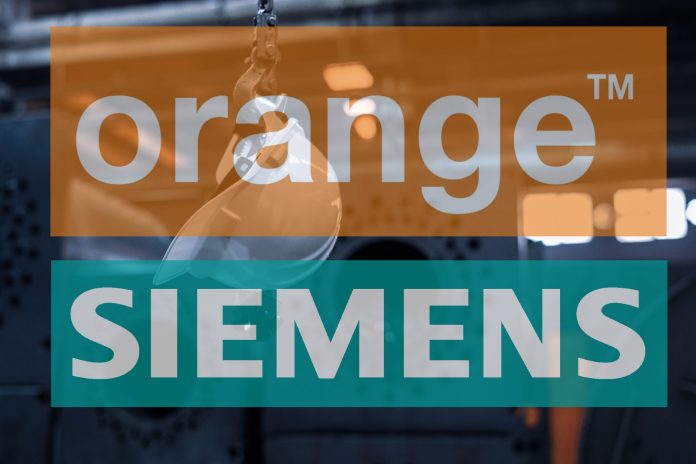The switch to SD-WAN is a “critical business enabler” – Siemens CIO
Orange Business Services announced Wednesday that it’s helped German multinational Siemens AG migrate to a global Software-Defined Wide Area Network (SD-WAN). The change to SD-WAN delivers more flexible and dynamic network traffic management capabilities, said Hanna Hennig, Siemens AG CIO, who described Siemens’ global communications network as “a critical business enabler that has to be agile enough to evolve with our business.”
“This is an example of a best-case scenario when we work with our customers,” John Isch, director, Connectivity Solutions for the Americas at Orange Business Services, recently told Enterprise IoT Insights. “It’s combining the customer’s business strategy with their infrastructure strategy.”
This isn’t the first major arrangement announced by the companies. Orange Business Services and Siemens are long-time partners. The two companies announced a deal in September to accelerate digital transformation efforts in France around industrial IoT, private 5G networks, cloud and edge computing, data analytics and cybersecurity.
Isch explained that the SD-WAN migration is part of Siemens’ digitization strategy: moving essential business processes and data away from on-premise data centers and into the cloud. Siemens took a holistic view of how IT operations could support and enhance the entire enterprise shift to the cloud, he said.
“What that meant was: a recognition that a large percentage of their applications no longer reside in data centers but instead in the cloud,” said Isch.
The inevitable migration of apps built for purpose moving to the cloud instead of living on premises was only the start, Isch asserted. Siemens IT needed to radically rework their way of managing network traffic, which was physically bottlenecked. Or as Isch put it, Siemens accepted that “their old way of handling cloud and internet traffic, which was data center-based gateways, was not fit for purpose.”
Orange Business Services already provided Siemens with physical network infrastructure, connecting its global offices using multi-protocol label switching (MPLS), said Isch. The change to SD-WAN enables Siemens to use MPLS and Internet-based access to achieve optimal efficiency.
“We’ve gone through this transformation with them, including a lot of things to improve the performance of their network and how it operates for their user base.”
Orange claims it’s one of the biggest SD-WAN deployments in the world, with 1,168 global locations across 94 countries. Isch said that it’s possible to find bigger deployments in the retail space, but to find an enterprise SD-WAN deployment of this scale is remarkable.
“The scope of this is more impressive when you consider that we’ve got 370,000 users who may be accessing this infrastructure from a coffee shop or from home,” he said.
Isch said that the COVID-19 pandemic accelerated Siemens’ efforts to provide its users with safe, secure, and performant software-based network access on the go. The change to SD-WAN enables Siemens to more flexibly address the evolving security needs of users who increasing expect to work anywhere, from any device.
Planning foundational software-based security
Isch described Siemens’ new network topology as hybrid, but was careful to explain what “hybrid” meant in this context. “Internet deployed at customer sites.” The company integrated a software-based and local security platform, then added SD-WAN capabilities to more effectively manage network traffic.
SD-WAN and Secure Access Service Edge (SASE) are often talked about hand-in-hand. Too often, said Isch, the enterprise conversations around SASE happen after the business already implemented or planned an SD-WAN strategy. Or worse, the business migrates to SD-WAN but still implements security which bottlenecks performance and creates backhaul problems for the
IT department.
“You can’t have that conversation within IT without having security in the room,” said Isch. To its credit, he said, Siemens understood implicitly that a software-defined network needed software-based security right from the get-go, so SD-WAN and SASE were in lockstep at Siemens from day one.
Isch said that Orange’s Open Labs provided an effective way for Siemens to test possible network scenarios to find the optimal solution based on their needs.
“That was one of the first steps we did with Siemens — prove out that the design was going to work,” he said. Open Labs exists to test ideas in simulated but highly accurate test environments before piloting them. This, he added, provides a lower-risk opportunity for companies to test ideas before putting them live in the field.

